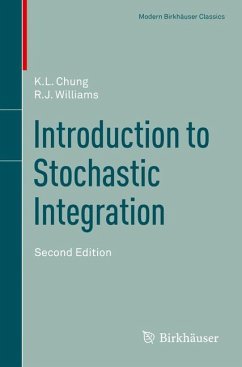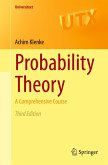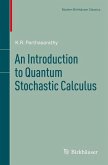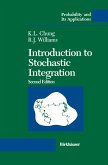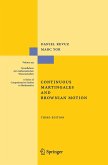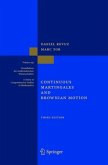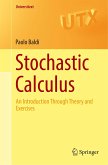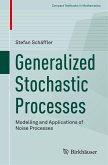A highly readable introduction to stochastic integration and stochastic differential equations, this book combines developments of the basic theory with applications. It is written in a style suitable for the text of a graduate course in stochastic calculus, following a course in probability.
Using the modern approach, the stochastic integral is defined for predictable integrands and local martingales; then It's change of variable formula is developed for continuous martingales. Applications include a characterization of Brownian motion, Hermite polynomials of martingales, the Feynman-Kac functional and the Schrödinger equation. For Brownian motion, the topics of local time, reflected Brownian motion, and time change are discussed.
New to the second edition are a discussion of the Cameron-Martin-Girsanov transformation and a final chapter which provides an introduction to stochastic differential equations, as well as many exercises for classroom use.
Thisbook willbe a valuable resource to all mathematicians, statisticians, economists, and engineers employing the modern tools of stochastic analysis.
The text also proves that stochastic integration has made an important impact on mathematical progress over the last decades and that stochastic calculus has become one of the most powerful tools in modern probability theory.
-Journal of the American Statistical Association
An attractive text...written in [a] lean and precise style...eminently readable. Especially pleasant are the care and attention devoted to details... A very fine book.
-Mathematical Reviews
Using the modern approach, the stochastic integral is defined for predictable integrands and local martingales; then It's change of variable formula is developed for continuous martingales. Applications include a characterization of Brownian motion, Hermite polynomials of martingales, the Feynman-Kac functional and the Schrödinger equation. For Brownian motion, the topics of local time, reflected Brownian motion, and time change are discussed.
New to the second edition are a discussion of the Cameron-Martin-Girsanov transformation and a final chapter which provides an introduction to stochastic differential equations, as well as many exercises for classroom use.
Thisbook willbe a valuable resource to all mathematicians, statisticians, economists, and engineers employing the modern tools of stochastic analysis.
The text also proves that stochastic integration has made an important impact on mathematical progress over the last decades and that stochastic calculus has become one of the most powerful tools in modern probability theory.
-Journal of the American Statistical Association
An attractive text...written in [a] lean and precise style...eminently readable. Especially pleasant are the care and attention devoted to details... A very fine book.
-Mathematical Reviews

